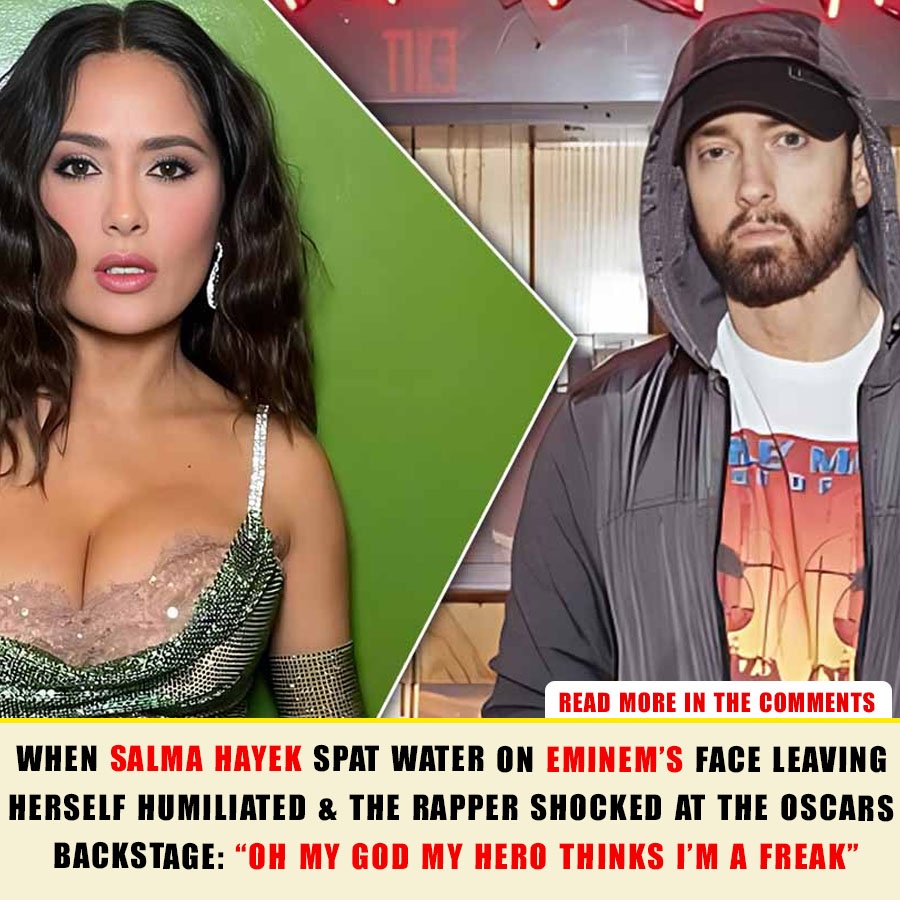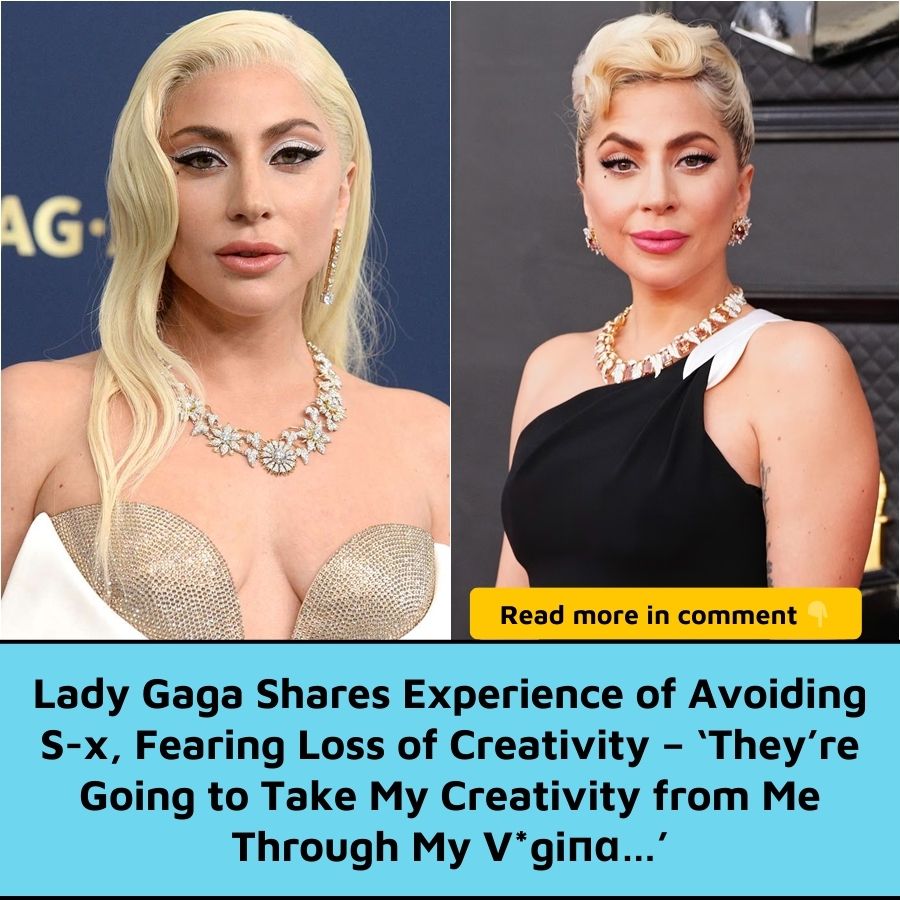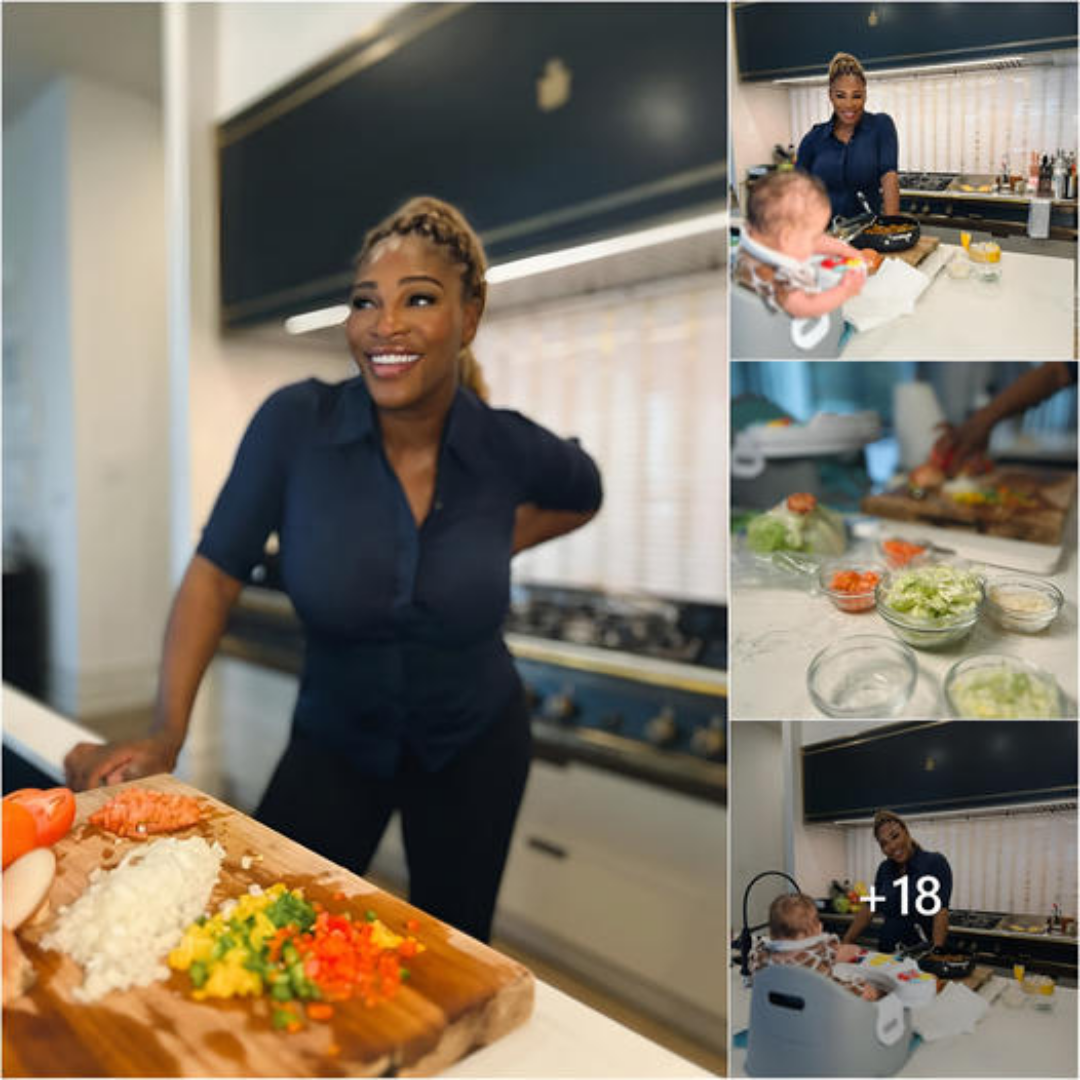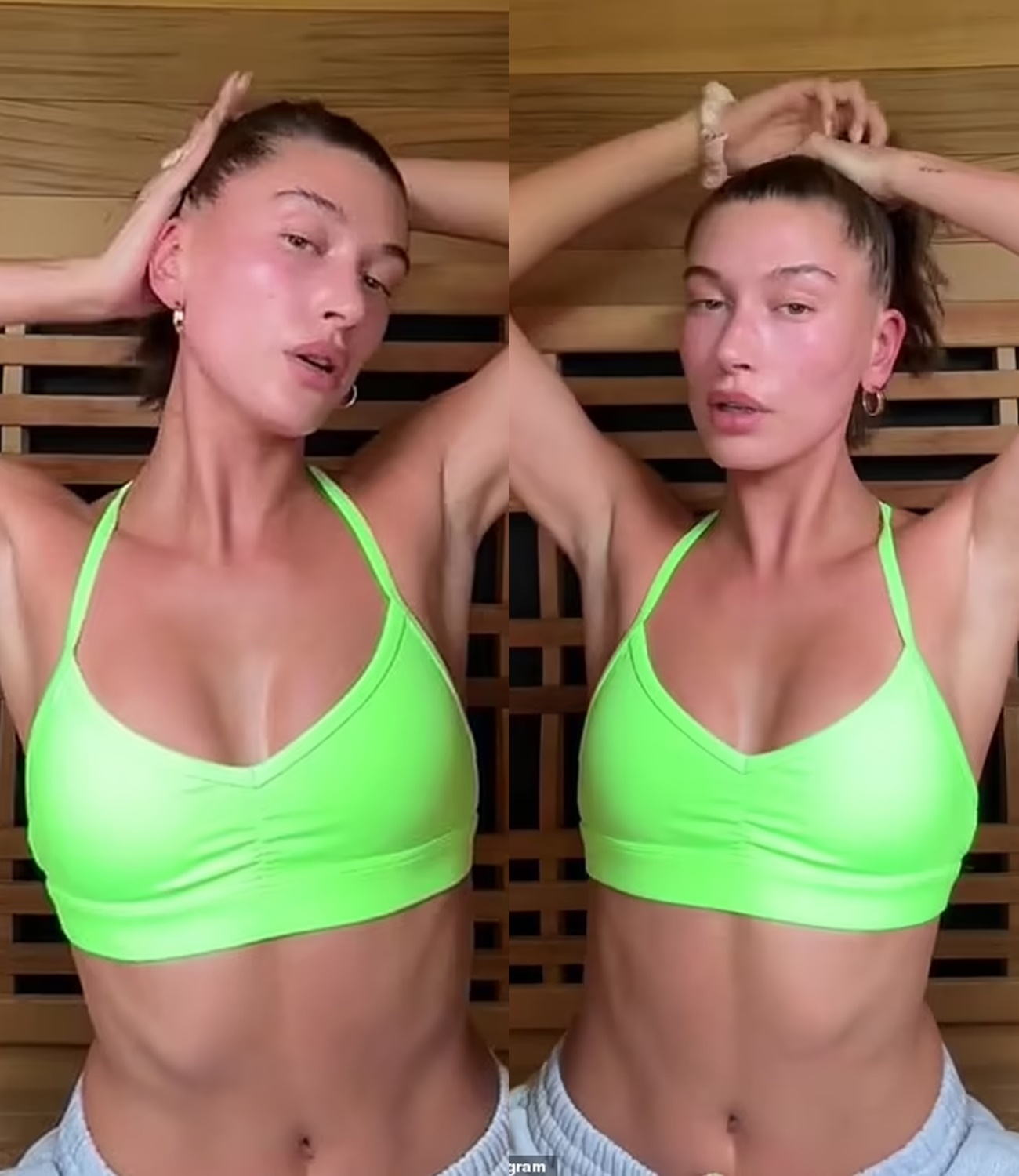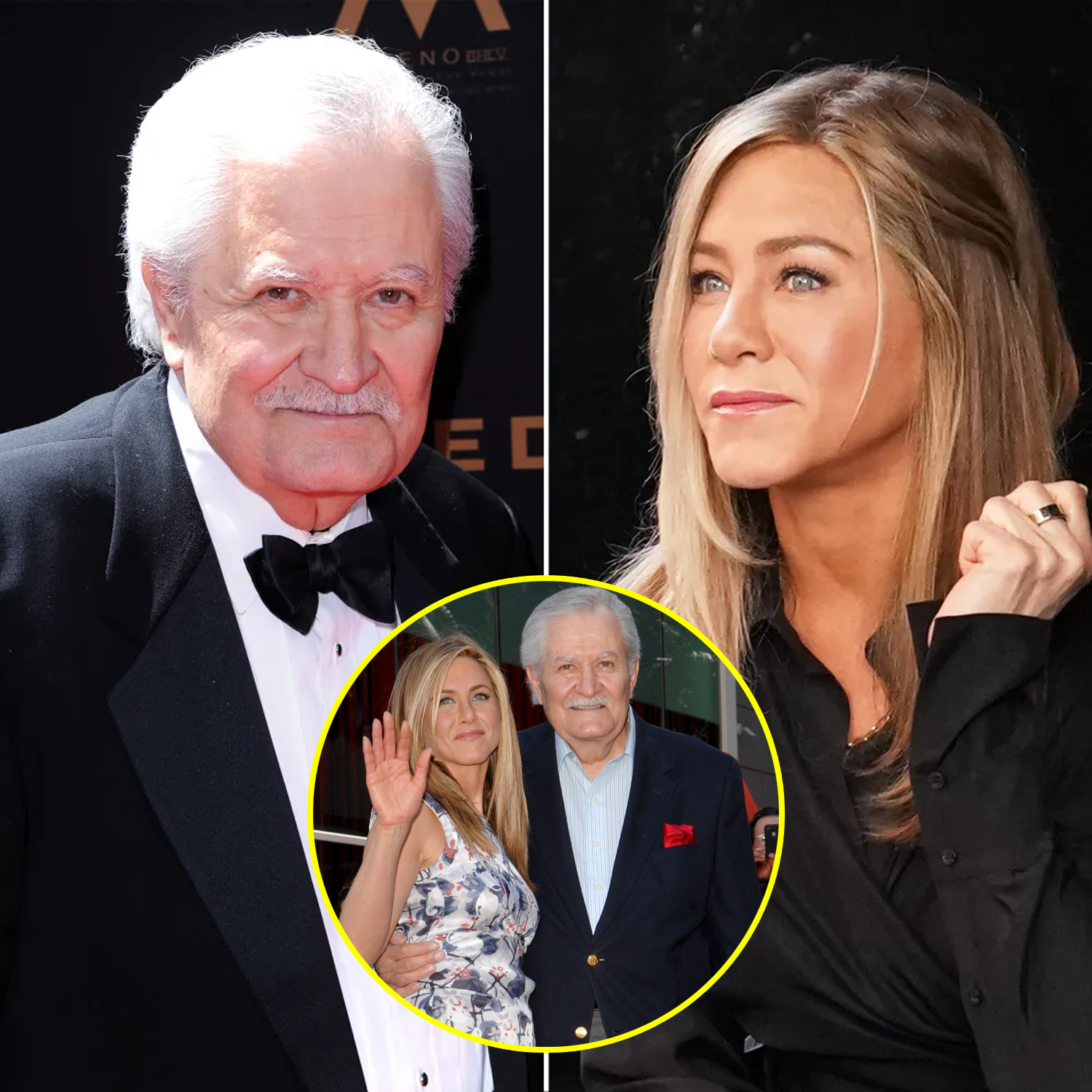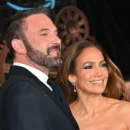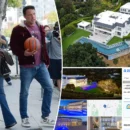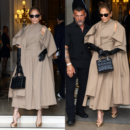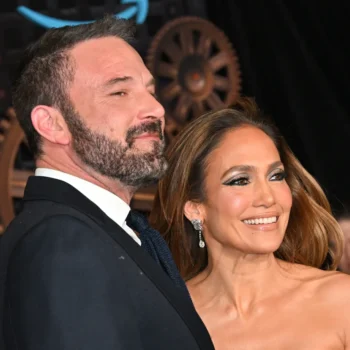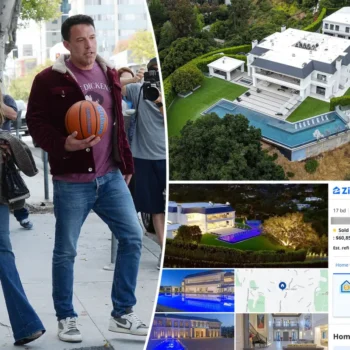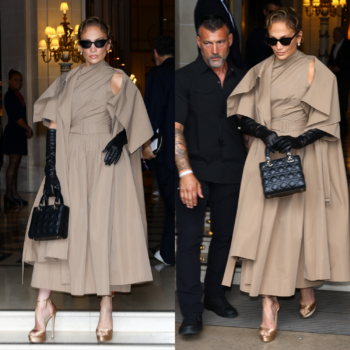
Dr Dre, Snoop Dogg, Eminem, Kendrick Lamar and Mary J Blige’s half-time show – an all-timer
The supergroup of hip-hop and R&B legends delivered the most entertaining Super Bowl half-time show in years
Even by Super Bowl standards, an event in which the mythologising is as much of a sport as the football, this has been a particularly hyped half-time show. Three weeks before the fact, the NFL released a four-minute trailer, a third as long as the performance itself, which saw Dr Dre, the most important producer in rap history, assemble a superhero cast of 90s hip-hop and R&B legends: Eminem, Mary J Blige and Snoop Dogg as well as Kendrick Lamar, the great west-coast hip-hop talent of his generation, who went to the same Compton high school as Dre.
Yet, despite all that pomp, this felt like a different kind of half-time show, directorially and musically more inventive than the normal tropes of marching bands and fake fans on the pitch. There was more collaboration and smart interstitial set-pieces, all brought together by Anderson.Paak’s impressive live band. Just before it began, the NBC hosts whispered it might be the greatest Super Bowl half-time show ever – it wasn’t far off.
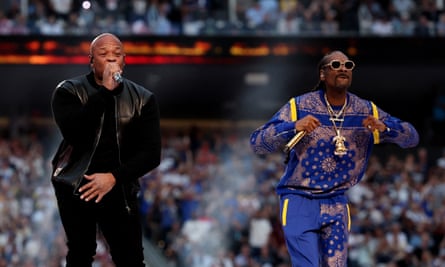
Photograph: Mike Segar/Reuters
It began with Snoop Dogg – in a regal ultramarine blue tracksuit – and Dre, atop a set built to look like a Compton street (which included a replica of the trailblazing Black architect Harold Williams’ MLK memorial outside the Compton Civic Centre). They shared the grin of two men reveling in how far they had come as they performed The Next Episode and California Love (although there was no 2Pac hologram to join them for the latter, despite rumors). The camera panned out to reveal a troupe of dancers free-styling across an aerial map of Compton’s streets, and inside the set’s houses were more dancers and the band playing on couches, a bustling scene.
From the roof of one of the houses emerged 50 Cent, recreating his classic 2003 video for In Da Club by performing the song upside down, hanging from the ceiling (plus some enjoyable nightclub choreography reminiscent of every birthday party this song has been played at since its release). There was barely time to catch a breath before Mary J Blige stood atop the set to sing Family Affair and No More Drama, the camera panning between her powerful rooftop performance and the party scenes below.
She gave way to Kendrick Lamar, emerging with an army of zombie dancers from a series of cardboard boxes to perform Maad City and Alright, before Eminem’s set-piece performance of Lose Yourself, from 8 Mile. Dre finished with a small tribute to 2Pac, playing the piano riff of I Ain’t Mad At Cha before a moving finale: three generations of artists that Dre mentored, collaborated with and produced, gathered together to watch him perform Still Dre, a song that nods to his unrivaled dominance over west-coast hip-hop.

Eminem, Kendrick Lamar, Dr Dre, Mary J Blige and Snoop Dogg Photograph: Chris O’Meara/AP
In one telling, this is the redemption moment for the Super Bowl half-time show, after the NFL came under widespread criticism for failing to back players who took the knee. In 2016, Rihanna, Cardi B, Adele and other high-profile artists were reported to have rejected opportunities to perform at the show in solidarity with Colin Kaepernick. The event had to squeeze by with Maroon 5, surely not the top of any booker’s list, and questions about its relevance lingered.
Since then the production has been taken over by Jay Z’s Roc Nation, with acclaimed artists such as the Weeknd and a celebrated shared performance by Jennifer Lopez and Shakira returning prestige to the slot. Now with five of the defining artists of 90s hip-hop and R&B sharing the stage, led by Dr Dre – who, as part of NWA, gave America’s music its most powerful statement against police racism – it could be argued the Super Bowl has regained some credibility among black fans. The choice of artists was enough for at least one police force, in Long Island, to encourage residents to boycott the ceremony.
There were rumors that there would be limits to how much restitution the NFL would allow: reporting in Puck said the NFL had rejected Eminem’s request to take the knee at the ceremony (something they later claimed to be false), and told Dre that he would not be able to include the lyric “still not loving police” in his performance of Still Dre. Yet both those powerful moments did happen. But even they were emotionally overshadowed by Kendrick Lamar emerging from a row of cardboard boxes to perform Alright, the song that was heard at Black Lives Matter protests across the country, now being performed at the centerpiece event of a league that had told black athletes five years ago they had no right to protest against racism.
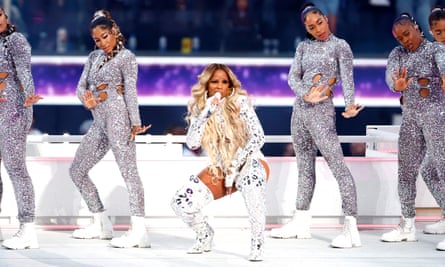
Mary J Blige at the Super Bowl half-time Photograph: Ronald Martinez/Getty Images
The Super Bowl half-time show remains the biggest gig in the world, with an unparalleled live TV audience; not for nothing did Mary J Blige, who at 51 is one of the most decorated R&B singers of all time, describe this performance as “the opportunity of a lifetime”. Yet this year it felt about more than great production values and Pepsi sponsorship. You can’t do much in 12 minutes, in the gap between a football game, but everything you can do, Dre did. There will be debates that follow about whether all this powerful symbolism is more than glossy gesture politics, but given the brief they had, you can’t imagine them trying any harder to make this mean something.
… there is a good reason why people choose not to support the Guardian.
Not everyone can afford to pay for the news right now. That’s why we choose to keep our journalism open for everyone to read. If this is you, please continue to read for free.
But if you can, then here are three good reasons to make the choice to support us today from Vietnam.
1. Our quality, investigative journalism is a scrutinising force at a time when the rich and powerful are getting away with more and more.
2. We are independent and have no billionaire owner pulling the strings, so your money directly powers our reporting.
3. It doesn’t cost much, and takes less time than it took to read this message.
Choose to power the Guardian’s journalism for years to come, whether with a small sum or a larger one. If you can, please support us on a monthly basis from just $2. It takes less than a minute to set up, and you can rest assured that you’re making a big impact every single month in support of open, independent journalism. Thank you.

